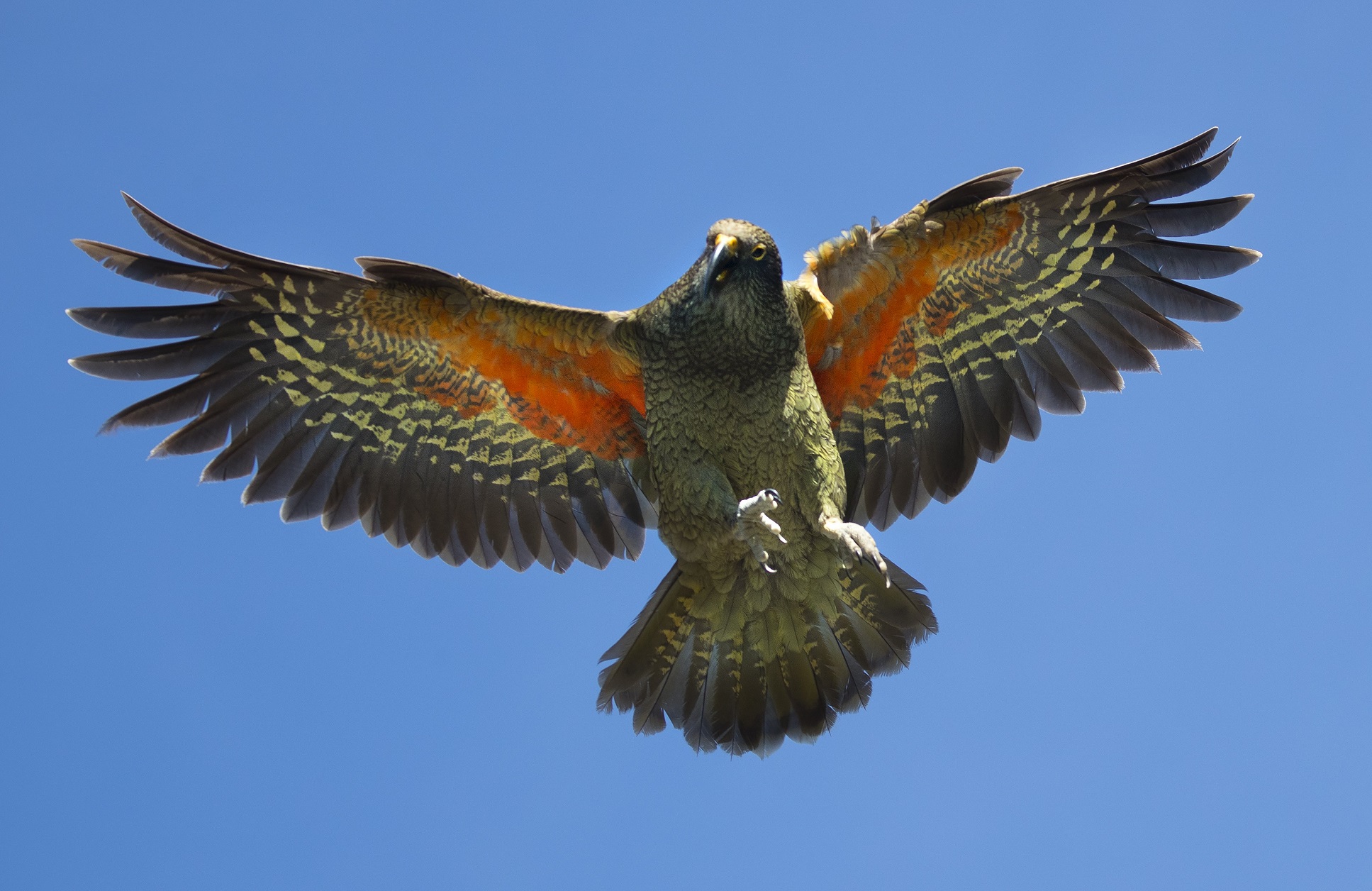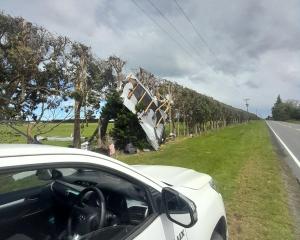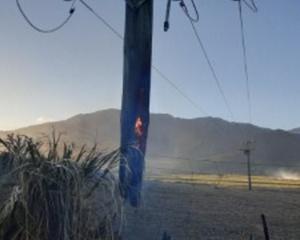

Mr Belton said the death of kea consuming baits poisoned with 1080 remained "a major challenge" for the department in its pest-control work.
"There's a lot of work going on in that space to reduce the impact on kea. What we do know, what the science says, that even though a few die, the benefits last for at least two seasons," he said.
Other individual success stories on the West Coast were whio at Oparara, and kaka in South Westland.

Ongoing predator trapping along the fast moving rivers where the whio live, plus aerial 1080 drops in the vicinity was the factor, Mr Belton said.
An ongoing study of kaka in an area in South Westland showed the predation effect on the species without predator control.
"Nesting is really affected by predators."
It showed a clear contrast between a successful nesting rate of 55%, following the use of 1080, as opposed to 2% of nests being able to produce chicks where 1080 was not used.
Doc had found that 30 times as many kaka chicks were produced in the year following application of 1080.
The death rate in adult birds was also affected comparatively: it declined to a 3% rate in a "treatment" area compared to 20% in a "non-treatment" area.
Kea bites
- Kea are highly sensitive to introduced predators
- Aerial 1080 has a proven benefit to kea at a population level, but individual kea can be poisoned during aerial 1080 operations
- Doc maintained a code of practice for aerial 1080 in kea habitat to mitigate the risk
- The department's Kea 1080 Risk Mitigation Technical Advisory Group with Te Rūnanga o Ngai Tahu, Ospri and Zip (Zero Invasive Predators) is researching to further reduce 1080 risk to kea. This included field trials to test whether a bird repellent, anthraquinone, could be used to train kea to avoid 1080 cereal baits
By Brendon McMahon











